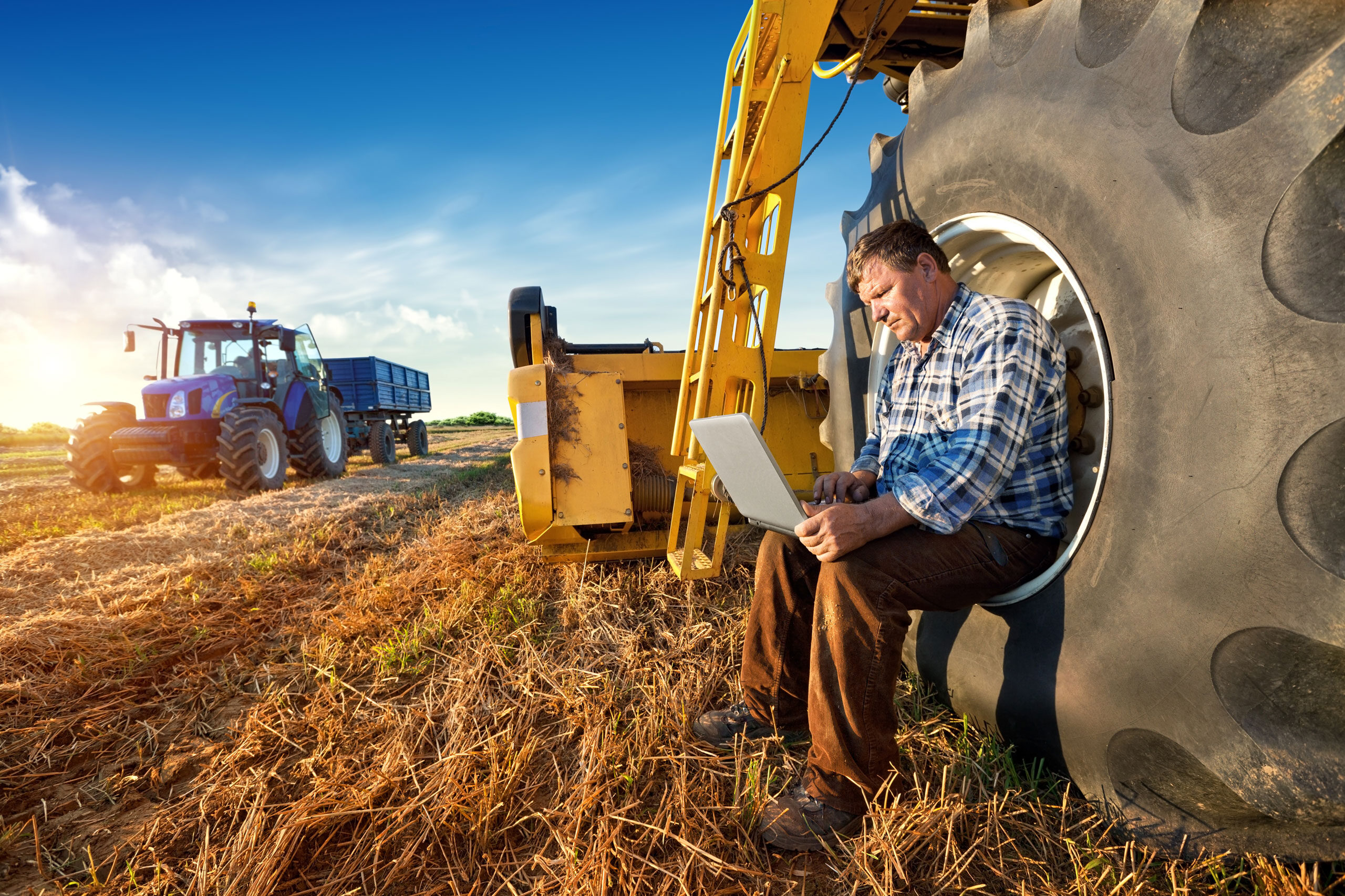
WHAT THEY ARE SAYING: FARMERS AND RURAL ADVOCATES SPEAK OUT ON BENEFITS OF CONNECTED AGRICULTURE
Connecting the 21st Century Farm: Revolutionizing Agriculture with Low Earth Orbit Broadband
This week, the Connect Everyone Coalition (CEC) hosted a webinar, “Connecting the 21st Century Farm: Revolutionizing Agriculture with LEO Broadband.” Leading voices in agriculture and rural advocacy explored how low Earth orbit (LEO) satellite technology and expanded broadband access are transforming farming and rural life.
The panel was moderated by CEC Executive Director Richard Cullen and featured:
- Joy Sterling, CEO of Iron Horse Vineyards, a second-generation leader in sustainable viticulture who serves on the California State Food and Agriculture Board and the California Coastal Conservancy
- Jacquelyne Leffler, owner and operator of Leffler Prime Performance, a fourth-generation Kansas farmer who champions precision agriculture through her beef business
- Matthew Peterson, an engaged member of The National Grange and member of the Federal Communications Commission’s Accelerating Broadband Deployment on Unserved Agricultural Lands Working Group
The panelists discussed how LEO satellite broadband is delivering fast, affordable, reliable broadband to farms and ranches and helping close the digital divide in rural America:
Jacquelyne Leffler:
“We utilized LEO technology on three different locations when we were without fiber, and it sped us up. I mean light years. I was going from a five-minute video that would take me literally two hours to load, to, say, it was loaded in 20 seconds. And for me that’s a game changer when I’m trying to connect with my consumers that are buying my beef, or trying to download data. There were times when we were trying to work with a company in St. Louis. I literally had to mail them a flash drive because it was faster than me trying to download data and email it to them. And that was just three years ago. That really puts it in perspective of how we were functioning and operating before we had high-speed internet…
“It was taking me an hour or two to upload a Facebook post for my beef page. I spent many hours sitting at McDonald’s or Taco Bell or wherever I could get free internet to be able to run my business. I don’t know about you guys, but I’m in the 21st century and I expect more and better… If we could just connect with some low earth orbit satellites in our fields where we can’t get cell phone service, I really think anything could be possible.”
Matt Peterson:
“Starlink is what we use, and it’s enabled me to be able to save time. Being able to sit in my office at home and upload data – these packets of data we’re getting off planters and combines and whatever else. Depending on how big your operation is, we’re talking up to 16 to 20 gigs of data from planting and trying to upload that. With Starlink, it’s doable, but it takes a while. But without that, using dial-up, it’s not even an option. Before we had Starlink it took 12 to 15 hours to upload one packet of data – and being able to sit at home versus having to drive 15-20 miles to town and sit in a sit in the library or a restaurant and upload data there. Being able to have the wireless satellite communications has been a real game changer.”
The panel shared personal stories about how connected farming and precision agriculture are strengthening family farms and our entire agricultural sector:
Jacquelyne Leffler:
“Just looking at my grandpa, he saw everything from farming with a horse, to driving a tractor himself, to the tractor driving itself. And we’ve been able to have so much more efficiency throughout our operation to not only cover more acres in a day, but we’ve done so more efficiently and effectively…
“We’ve become better stewards of the land by being able to use the technology that we have, but also making sure that we don’t take too much from the land as well. And so, we literally are able to hear the heartbeat of the soil nowadays, so to speak, and it can almost tell us what it needs, by utilizing data… We’re looking more at soil samples, in-cab monitoring systems, and it’s allowing us to variable-rate our seed and our fertilizer to make sure we’re not using too much. And we don’t need to be using as much.
“And so, for us, it’s not only been for efficiency, but it’s allowed us to spend more time as a family as well because we can get jobs done faster. And to me that’s the most valuable asset that we can have.”
Joy Sterling:
“So instead of hunches, we’re using data. And the data can be just absolutely transformative. The connectivity allows us to bring together so many different facets… it can be as simple as soil sensors telling us – in the case of a vineyard – which sections of the vineyard are getting enough water, which sections are getting too much water and which sections are not getting enough water. In California, that’s absolutely critical, because it allows us to manage our irrigation such that we can save water. There are now systems in place. A friend of mine who’s a tomato grower in the Central Valley, through automated irrigation, can monitor and operate on his cell phone – saving 10 percent of his water use.”
Matt Peterson:
“The more you know about your ground and your operation, the better off you can be and the more informed decisions you can make. And some of those decisions have to be made on the spot. Being able to have your phone in the palm of your hand, having all that information, watching the markets, weather and being able to look at the things that you have done in real time with imagery, seeing what you have accomplished or where you’re short on things is critical… Being able to be connected to all that is a huge help.”
In particular, broadband-enabled techniques are helping advance sustainability practices and protect our land and environment:
Joy Sterling:
“To be able to lower the number of inputs that we put into the soil is not only financially important for each farmer, but it’s absolutely fantastic for the planet… Also, having precision agriculture allows us to have fewer passes through a field, so there’s energy savings involved.
“The key is getting the connectivity over the farm, and that can require several different kinds of technologies — in fact, multiple networks — in order to operate all of the tools that we have at hand. We have the technology. It’s about getting the connectivity…
“[And] also for food safety, the ability to trace food from where it’s grown all the way along the food chain… so that if there’s any problem in the field, hopefully that can be stopped, whether it’s a disease or a pest, before it gets into the general food chain.”
Jacquelyne Leffler:
“Here in the Flint Hills of Kansas, we have some of the best grass country that you’ll ever see. And to keep that grass good, one of the things that we have to do is burn it in the springtime. And so, from March to April, we’re burning pasture, and they expect us to use an app to be able to report our burns. And it’s pretty comical because we literally don’t have connectivity to get on the app to report that we’re going to burn. And so it’s caused a lot of issues.”
To unlock the full benefits of 21st-century farming, we need an all-of-the-above approach to broadband access that embraces every available tool and technology:
Matt Peterson:
“We’re slowly making progress, and it’s on several different fronts, which I think is going to have to be the way it is. Fiber is a huge part of what we’re doing. There’s just a lot of places where that’s not going to be practical, and that’s where the satellite broadband comes into play. So, the LEOs have done a great job of providing and filling that gap. We’re still short, but we’re making progress.”
Watch the full webinar HERE.
Read more about revolutionizing agriculture with precision technology HERE and learn more about the Connect Everyone Coalition HERE.
